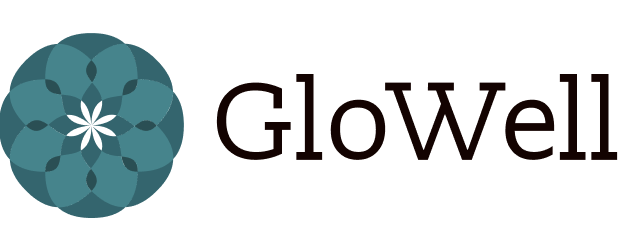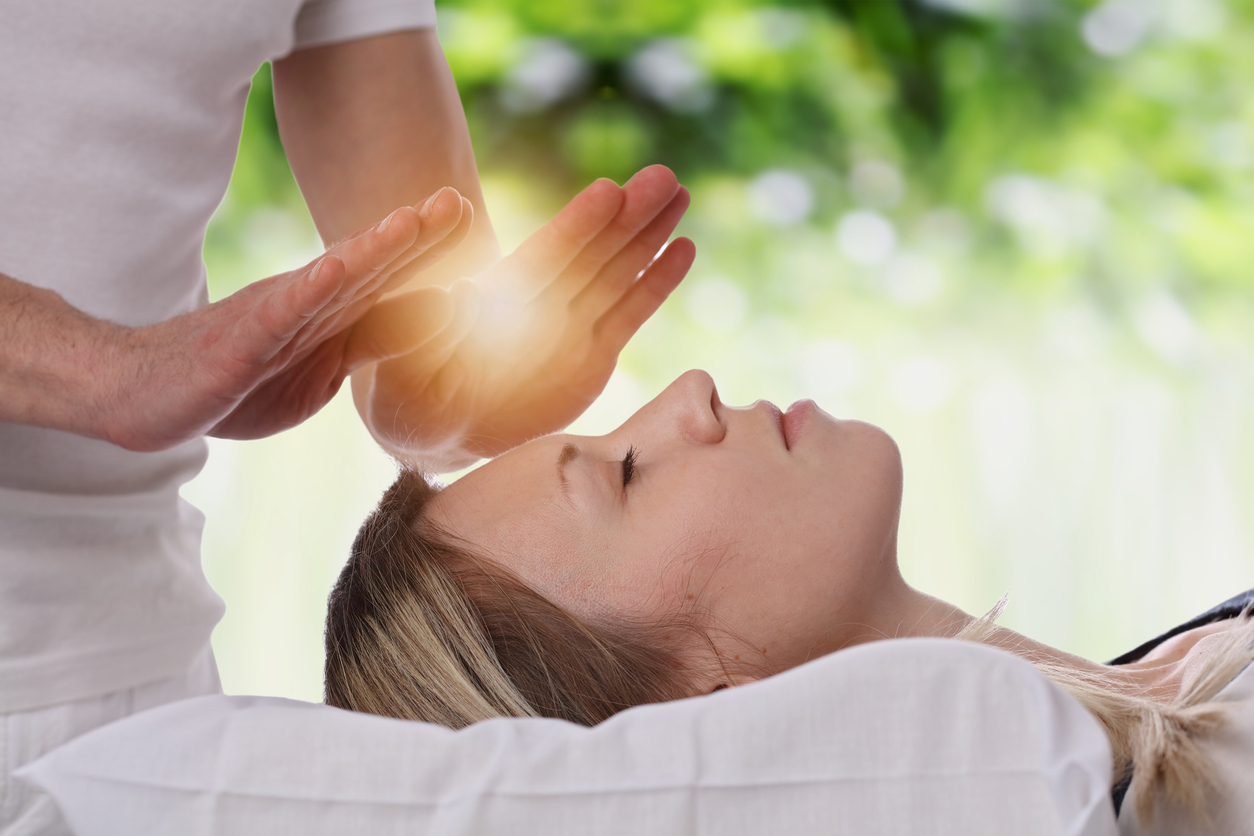I stood in the hospital trauma unit’s busy corridor staring at my teenage son on a stretcher. We had arrived at the hospital in the Italian Alps after an emergency air-lift straight from the slopes.
The whole thing was surreal. My first-born was in shock, with a blood-smeared face, a black eye, and double vision. He was strapped down to a board and confused about why he was immobilized. We waited, fear-stricken, for the scans we hoped would rule out injuries to the head and spine.
Half stunned, I stared helplessly as he lay there crying in pain and frustration.
Then through the haze, I had a moment of clarity:
I could give him Reiki!
What is Reiki?
Reiki (pronounced ray-key) is a Japanese complementary therapy for stress reduction and relaxation. It promotes healing by activating the parasympathetic nervous system, which reduces anxiety, boosts the immune system, lowers blood pressure, and aids sleep and digestion.
Reiki is based on the idea that an unseen “life force energy” nourishes and maintains all living things. When this energy flows through us uninterrupted, there’s a balance of our body, mind, and spirit, and we experience a sense of wellbeing.
But when we’re stressed or ill, the energy is interrupted, and we’re thrown off balance, which interferes with healing.
If you were to watch someone giving a Reiki treatment, you’d be forgiven for thinking nothing was happening at all. The practitioner gently rests their hands on, or just above, the recipient’s fully clothed body and acts as a conduit for this life force energy to flow into them.
As crazy as it may sound, Reiki can also be “sent” to someone from a distance.
Everyone experiences Reiki differently depending on their individual needs at the time. There’s no physical manipulation involved, nor are there known contraindications, which makes it ideal for use in conjunction with other complementary therapies as well as mainstream medicine.
At the time of my son’s accident, I’d been practicing Reiki for a few years, but in my stressed-out state, I hadn’t initially thought about doing it. It seemed so out of context from the usual Zen-like surroundings I associated with Reiki.
But that’s the beauty of Reiki – it works anywhere, anytime.
In fact, Mikao Usui, the founding father of the technique that we use today, became famous for treating victims in Tokyo’s streets after a massive earthquake devastated the city in 1923.
I gently placed my hands on my son’s body and let the Reiki do its thing. Soon he was asleep, and I stood there for the next several hours treating him while we waited.
He stayed calm throughout, drifting in and out of sleep.
Why Are Doctors So Skeptical?
Hospitals across the United States run Reiki programs to support patients with various issues like calming anxiety, decreasing pain, accelerating recovery, and reducing the side effects of chemotherapy. Prominent academic medical centers offering Reiki for patients include Johns Hopkins Medicine, New York Presbyterian, Abramson Cancer Center of the University of Pennsylvania, Stanford Health Care, and Yale New Haven Health, to name a few.
While a growing amount of anecdotal evidence from patients – and even some doctors and nurses – confirms Reiki’s benefits, much of the medical profession is still skeptical.
From a Reiki practitioner’s perspective, this can be frustrating.
However, modern conventional medicine’s hesitance to fully accredit Reiki as a viable treatment option is understandable given the lack of scientific research supporting the practice.
Doctors base their treatment decisions on rigorous research data proving a therapy’s safety and effectiveness. Moreover, health insurers wouldn’t dream of paying for a treatment or procedure not backed by scientific evidence.
Anecdotal evidence based on personal experiences or observations simply doesn’t cut it in the scientific community.
In my own experience, the benefits are real enough. Fortunately, my son didn’t have any brain or spine trauma, but he did break the bone around his eye socket, which required surgery as soon as possible.
I continued to perform Reiki on my son before and after the operation. I even sent him healing energy during surgery from outside the OR. He had an incredibly speedy recovery and only required pain medication for the first day post-op.
Two days later, we were flying home.
Reiki & Conventional Medicine: A Perfect Union
Through pure synchronicity, shortly after our Italian hospital drama, I had an opportunity to train with New York-based Medical Reiki Master Raven Keyes, who has worked in operating rooms alongside surgeons for two decades.
When Raven started practicing Reiki, she never set out to work in hospitals, let alone accompany patients into the OR—until one of her clients suddenly needed open-heart surgery.
“It was being performed by Dr. Mehmet Oz, one of the most revered cardiothoracic surgeons in the country at the time. My client had seen an article in the New York Times about how Dr. Oz had an energy healer coming into the OR, and she asked if I would give her Reiki during her operation,” explains Raven.
After initial hesitation and a good dose of spiritual reflection, she agreed.
The client recovered well, and soon Raven was the “go-to” Reiki therapist at New York’s Columbia-Presbyterian Medical Center. Years later, she was invited into another operating room, this time with Dr. Sheldon Marc Feldman, a breast cancer surgeon she continues to work closely with to this day.
Dr. Feldman heads the New York Montefiore Medical Center Division of Breast Surgery & Breast Surgical Oncology, where he serves as Director of Breast Cancer Services.
He’s so convinced of Reiki’s benefit to his patients he co-founded Medical Reiki Works with Raven.
The non-profit organization aims to fund the kind of Reiki research that leaves no doubt as to its scientific validity. There’ve been plenty of research studies with promising results, but none so far that stand up to the stringent standards required by the medical community.
Dr. Feldman wants to change that.
He continues to witness remarkable results and higher quality of life for his patients receiving Reiki. He says it’s his “greatest hope that it will be possible for patients everywhere to receive the compassionate mind-body energy medicine of Medical Reiki, with health insurance companies recognizing its value and paying for it as a part of standard care.”
Meanwhile, Raven is doing her part to advance the medical world’s acceptance of Reiki while acknowledging that “there is a part of it that’s unexplainable.”
In her book Medical Reiki: A Groundbreaking Approach to Using Energy Medicine for Challenging Treatments, Raven presents Medical Reiki as an integrative system of energy medicine that supports patients undergoing intense medical procedures like surgery and chemotherapy.
She wrote the book for doctors, medical students, nurses, healthcare providers, Reiki practitioners, and patients alike.
“There’s going to be a lot of resistance. That’s why in the book, I invite pharmaceutical and med-tech companies to work together and share our knowledge. My aim is to build bridges.” she says. “I’m not a scientist, but I know that everything works better when you add Reiki to it.”











Join the GloWell Community on Social!
Don't risk missing a single thing. Follow us on social and become part of the GloWell community.